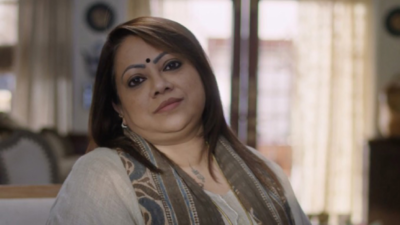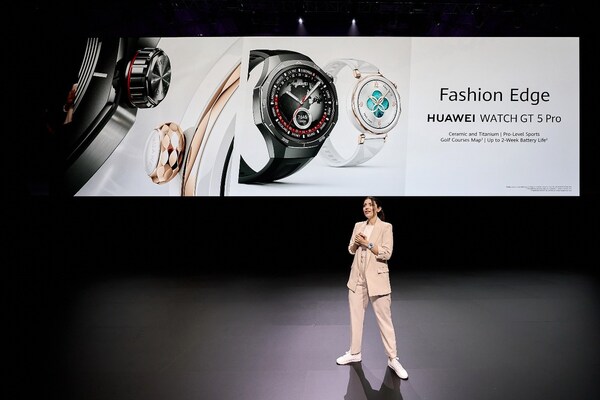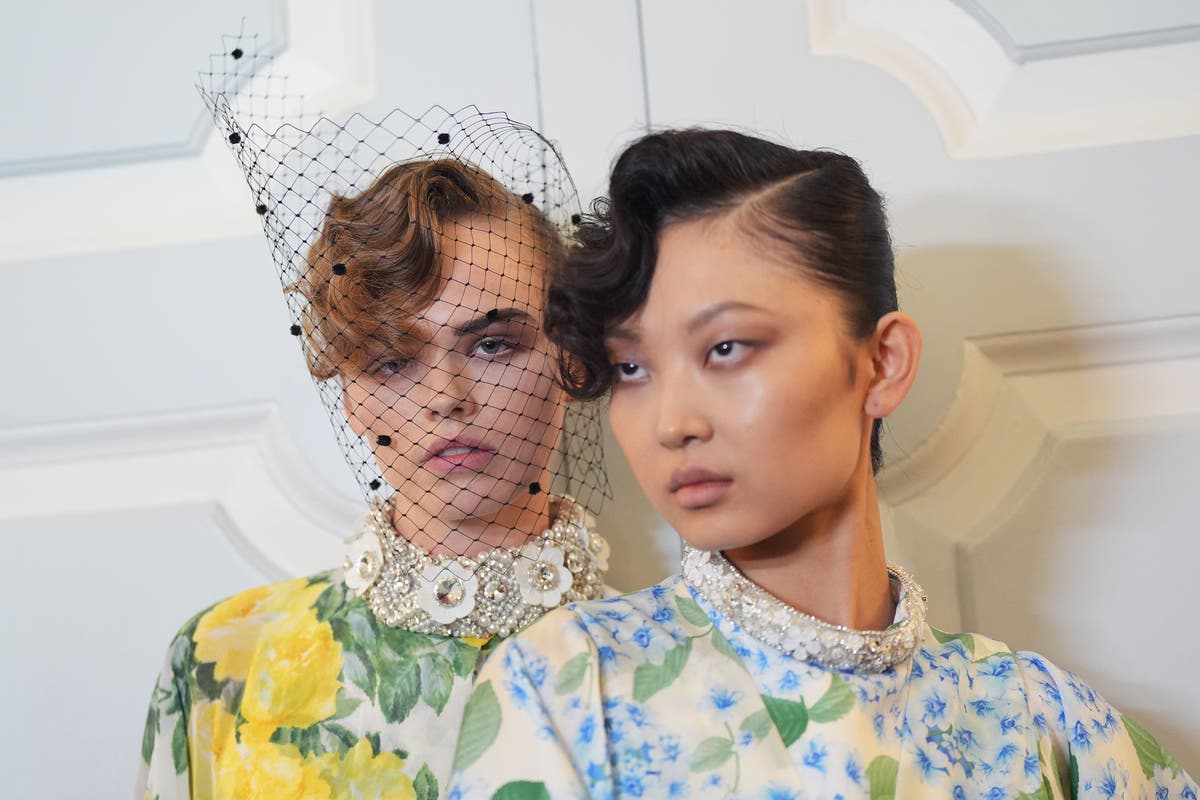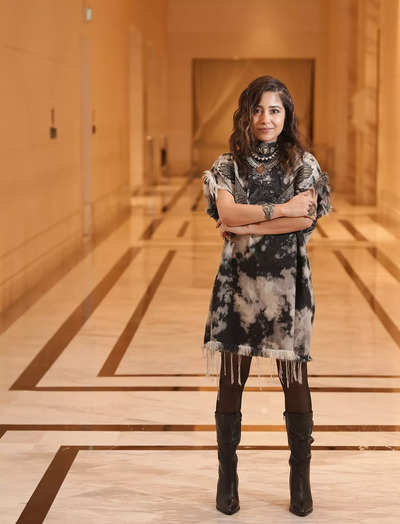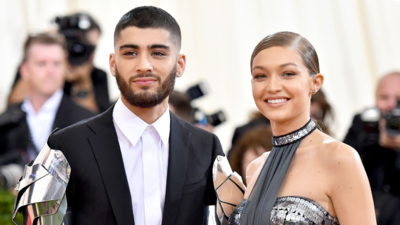Four decades of matrimonials, and one common refrain. No matter what synonym is used, a woman’s worth in the Indian marriage market is still measured by a shade card. Parents of boys have just about relented to working girls now but mention their preferred profession.
There is also the “caste no bar” postscript. But the bride still needs to be fair-skinned and tick all the traditional boxes of beauty. Called ‘Kurupi’ (dark), Subhashini Komeshwaran from Chennai had been the butt of jokes since childhood.

Her matrimonial said she was ‘wheatish’, but her father was so worried about not getting a good match that he even bought a property in her name as an incentive. To relieve his stress, Komeshwaran said yes to the first proposal that came her way. “Thankfully, my marriage turned out well.
But I won’t let this happen to my daughter. She’s a certified keyboard player, very intelligent, and holds a good position at work. But if prospective grooms are wondering if she will be as dark and short as me, then all I can say is we are looking for a boy with high thinking.
” We are a long way away from an equal society, says Ashita Aggarwal, a marketing professor at S P Jain Institute of Management and Research, Mumbai. “The gender roles are still well defined. Parents of would-be brides want a well-settled boy with certain degrees and a good salary.
And parents of prospective grooms look for fair, slim, beautiful and well-educated girls. We have learned how to camouflage our prejudices, but what we feel deep down hasn’t changed much,” she says. Aggarwal had teamed up with ad guru and brand coach Ambi Parameswaran to study around 2,000 matrimonial ads spanning 15 years (2003 to 2018) and track changing social trends in the marriage market.
“India is still very much an ‘ arranged marriage ’ country — 93% of all marriages here are arranged,” says Parameswaran, adding that newspaper matrimonials are the mainstay for a majority of people, despite burgeoning matrimony websites and specialised marriage consulting services. Indian matchmaking has even gone global with a TV series by that name. But the metrics are the same.
A December 2020 Hansa Research study on more than 1,000 single young women across 17 cities in India found that nine out of 10 felt they were being judged and rejected during the matchmaking process owing to their looks. “Unfortunately, in India, the groom is still seen as a marketable resource and the bride is seen as a cost,” says Parameswaran. So, physical flaws are more readily noticed, especially in the women.
Sudarshana Ghosh from Kolkata recalls how many marriage proposals for her got rejected as people found her too short and fat. She wants to make sure her daughter doesn’t face such ignominy. “My daughter is a media professional who likes reading.
I can tell you a hundred things about her likes and dislikes. But if you ask whether she is tall and thin, has doe eyes and thick black hair, I refuse to indulge you. Because then, you’re not looking for a life partner but a commodity.
She’s my daughter, I will not let her get added to a cart,” she says. As long as matrimonials are there, the ‘shopping for brides’ will continue, says sociologist Mallarika Sinha Roy who teaches at JNU. “Mothers of brides and grooms should be open about the daughter’s or son’s choice of marital partner and help them, while growing up, to be respectful towards any partner they might live with,” she adds.
Roy says small towns and rural India are still fixated upon tick-marking physical appearance and traditional notions of beauty while looking for a suitable match. Aggarwal insists that professional achievements may be a conversation starter but, in most cases, looks are also an important factor. Beauty brand Dove, in partnership with TOI, is trying to turn traditional matrimonials promoting outdated beauty standards into empowering ‘mothermonials’ that inspire society to see brides beyond stereotypes.
With suitable AI prompts, the Dove Mothermonials platform invites moms to write customized matrimonials with holistic insights into their daughter’s personality, preferences, achievements and ambitions. This will not only benefit potential brides but also help grooms find meaningful matches based on compatibility and shared values..
